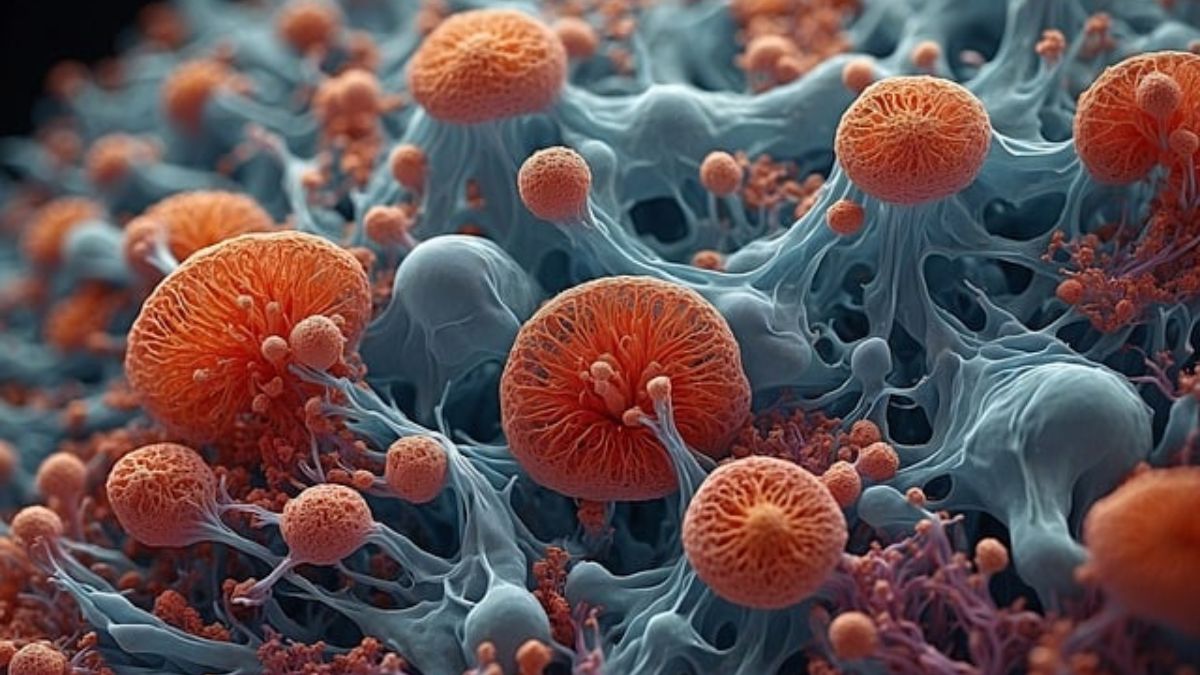A nightmare lab leak: a lab-made bacteria evades the petri dish and unleashes a global plague that life on Earth is incapable of defending itself against.
This chilling scenario isn’t science fiction but a real concern raised by a team of international scientists, including two Nobel laureates, in a recent report.
“The threat we’re talking about is unprecedented,” Professor Vaughn Cooper, an evolutionary biologist at the University of Pittsburgh was quoted by The Guardian as saying. “Mirror bacteria would likely evade many human, animal and plant immune system responses and in each case would cause lethal infections that would spread without check.”
So, what exactly are these mirror bacteria, and why have they become a talking point among scientists? Here’s a decode.
What are mirror bacteria?
Life, as we know it is built from DNA, proteins and carbohydrates and these biomolecules, possess a unique structural property known as structural asymmetry or chirality.
Just like human hands, these molecules come in left- and right-handed versions that are mirror images of each other.
For instance, DNA and RNA are composed of right-handed molecules, while proteins are built from left-handed" amino acids. This chirality determines how molecules react chemically and how life interacts with its surroundings.
Now, imagine a synthetic form of life—“mirror bacteria”—built entirely with reversed-handed molecules. These theoretical organisms are engineered in labs, with their components flipped in chirality.
Interestingly, such mirror-image molecules are already incorporated into some approved drugs. Because natural enzymes struggle to break them down, these biomolecules help medications remain active in the body for longer periods.
However, scientists warn that mirror bacteria, which would be fundamentally different from all known life forms, could pose serious risks. If not managed carefully, they could disrupt ecosystems or even threaten human health.
Also read: How superbugs could kill nearly 40 million people by 2050
Why are mirror bacteria a threat?
Scientists fear that synthetic mirror bacteria, with their reversed-handed molecules, could evade natural predators like viruses and microbes, which typically keep bacterial populations in check.
“A synthesized mirrored microbe wouldn’t just be essentially invisible to animals and likely plants but also other microbes, including viruses that could attack and kill it,” warned Vaughn Cooper, a microbiologist at the University of Pittsburgh in The Independent report.
Further, this unique resilience could allow these hypothetical organisms to spread unchecked across ecosystems, potentially infecting humans, animals, and plants.
“It’s hard to overstate how severe these risks could be,” said Ruslan Medzhitov, an immunologist at Yale University, in the journal Science. “If mirror bacteria were to spread through infected animals and plants, much of the planet’s many environments could be contaminated. … Any exposure to contaminated dust or soil could be fatal.”
Jack Szostak, a co-author and 2019 Nobel Prize–winning chemist from the University of Chicago, echoed these concerns. “The result could be catastrophic irreversible damage, perhaps far worse than any challenge we’ve previously encountered,” he said.
While the threat remains speculative, researchers emphasise the importance of addressing these risks before they become reality.
“We therefore recommend that research with the goal of creating mirror bacteria not be permitted, and that funders make clear that they will not support such work,” the authors wrote in Science.
Is the danger overblown?
Not all scientists agree on the severity of the threat posed by mirror bacteria. Gigi Gronvall, an immunologist and biosecurity expert at Johns Hopkins University, describes the concerns as “very theoretical.”
While she supports a robust discussion on the potential risks, Gronvall disagrees with the recommendation to ban research and funding before these conversations take place. “That really puts the cart before the horse,” she told Science.
She believes such restrictions could stifle innovative research that might lead to unexpected breakthroughs. “Science has a lot of surprises in store,” she added.
However, others feel the risk might not be worth taking and call for a collective effort involving policymakers, scientists, industry leaders, and civil society to ensure that advancements in synthetic biology are guided by safety and responsibility.
With input from agencies


)

)
)
)
)
)
)
)
)



